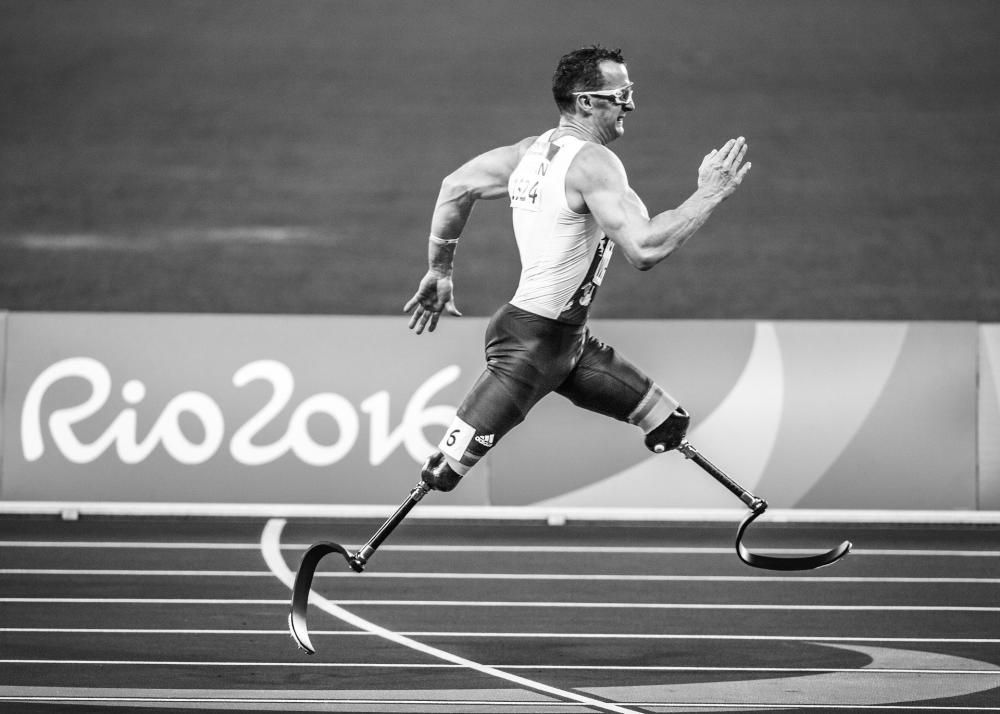If you’re not content with other equipment or none at all, there are a lot of advancements in prosthetics you might not be considering. Read on to find out more.
Modern medicine has come a long way since the days of Egyptian mummies being buried with prosthetic toes, with advancements in technology allowing for mind-blowing concepts like mind-controlled limbs through a brain chip and algorithms “learning” what you want to do with your limb, it’s exciting to think where medicine will take us next.
However, these advancements might be hard to get your hands on. You might be perfectly content as is, with other equipment like wheelchairs or crutches, or none at all. And that is your decision, but there are a lot of advancements in prosthetics you might not be considering. Read on to find out more.
IMAGE: 
They aid mental health
Mental health is a big priority when someone loses a limb. It’s a lot to come to terms with the fact that you aren’t as active or independent as you once were. This can lead to anxiety and depression, which the use of a prosthetic can ease a little.
Even the most basic prosthetic limb can ease depression with the simple act of looking and appearing “whole”. Tricking the mind into believing there is something there, which can ease problems with body image and keep unwanted eyes off the amputee.
Modern artificial limbs can also allow a degree of use again, depending on how advanced it is. This will offer some regained independence and self-confidence.
They are less painful
Historically, prosthetics have unfortunately usually turned out to be one of two things: either ill-fitting or painful. In the worst case they are both.
With the use of 3D printing today, modern artificial limbs can be personalised for the user. It also allows for smaller, more intricate appendages, like hands, to gain a prosthetic. With the ability to grasp with a 3D-printed hand, users can regain greater independence.
Developed by the Office of Naval Research, there is now a “smart” artificial leg called Monitoring OsseoIntegrated Prosthesis (MOIP). Using sensor technology that tracks body temperature and pH balance, the lower limb will monitor walking, warn of potential infection risks, and alter the way the amputee wears the prosthetic to reduce wear and tear and aid in comfortability.
The Open Bionics’, for example, offers a fully personalised 3D-printed limb for British children. They are attracting a lot of investors like Tej Kohli Future Bionics program, alongside Ananda Impact Ventures and Foresight Williams.
They’re more affordable
The idea of cost is an important one, as it is the main barrier to getting a prosthetic limb. All of the previously mentioned benefits of artificial limbs are besides the point if users cannot afford them. Luckily, 3D printing has drastically brought down the prices of artificial limbs. In 2013, the cheapest artificial limb in the US cost around $5,000. 3D printing has caused that to drop to around $50.
More advanced artificial limbs are being developed with 3D printing incorporated where it can be, but the price will still stay high as the tech is new and developing. However, 3D printing has enabled prosthetics to be made quickly, affordably and with personalised fittings to ensure comfort. This has made fitting children, who will need additional limbs as they grow, far more affordable.





